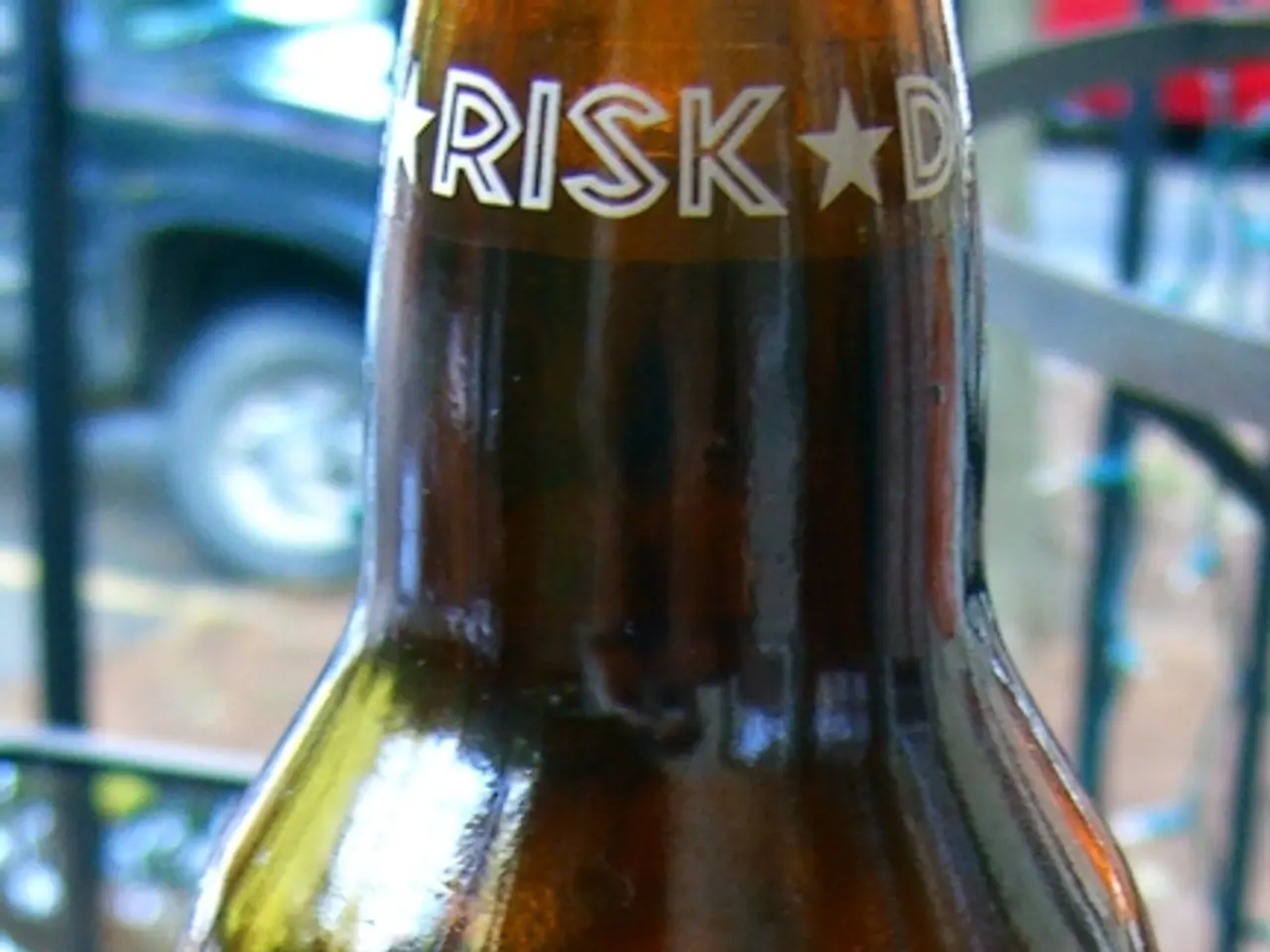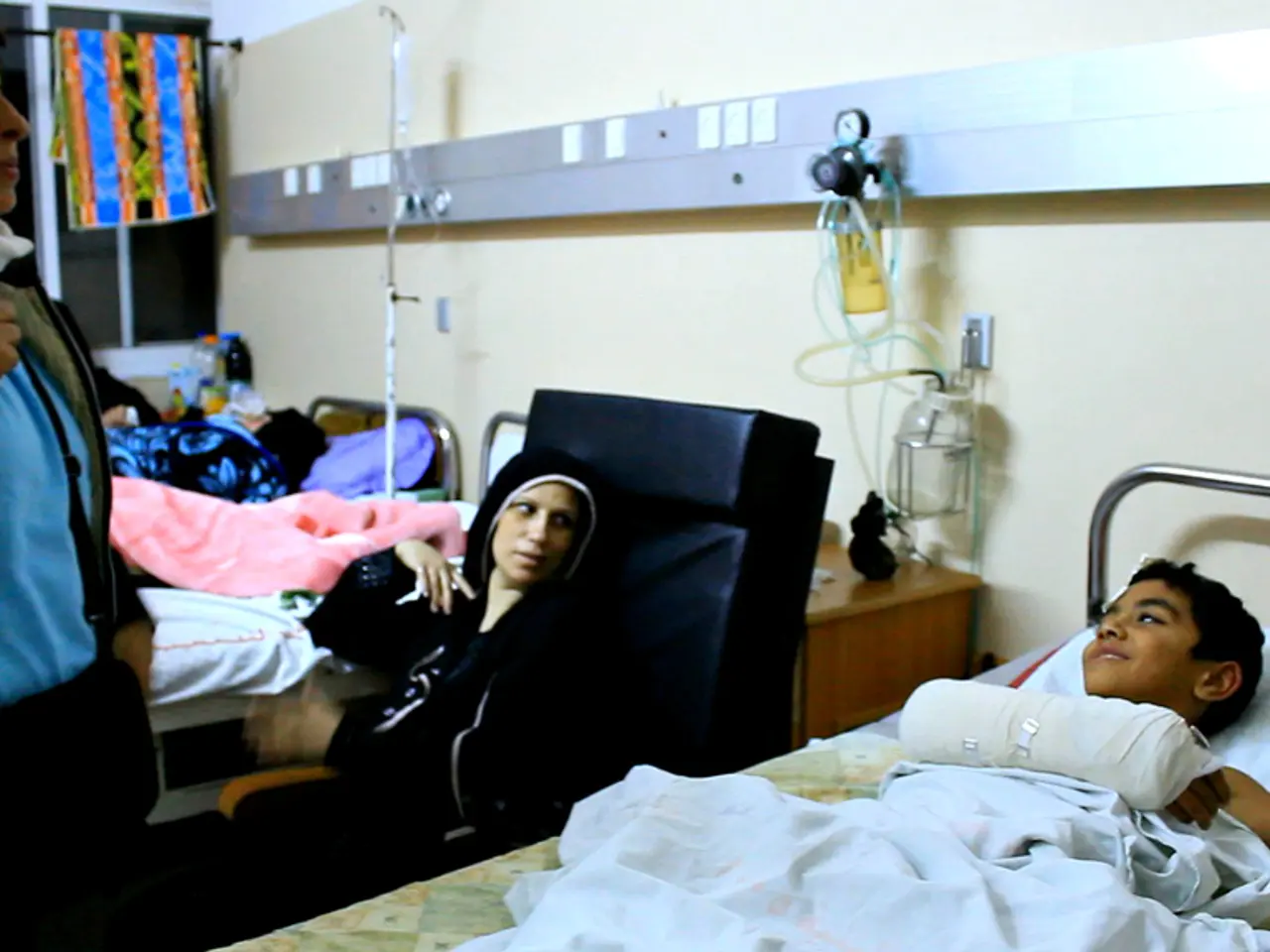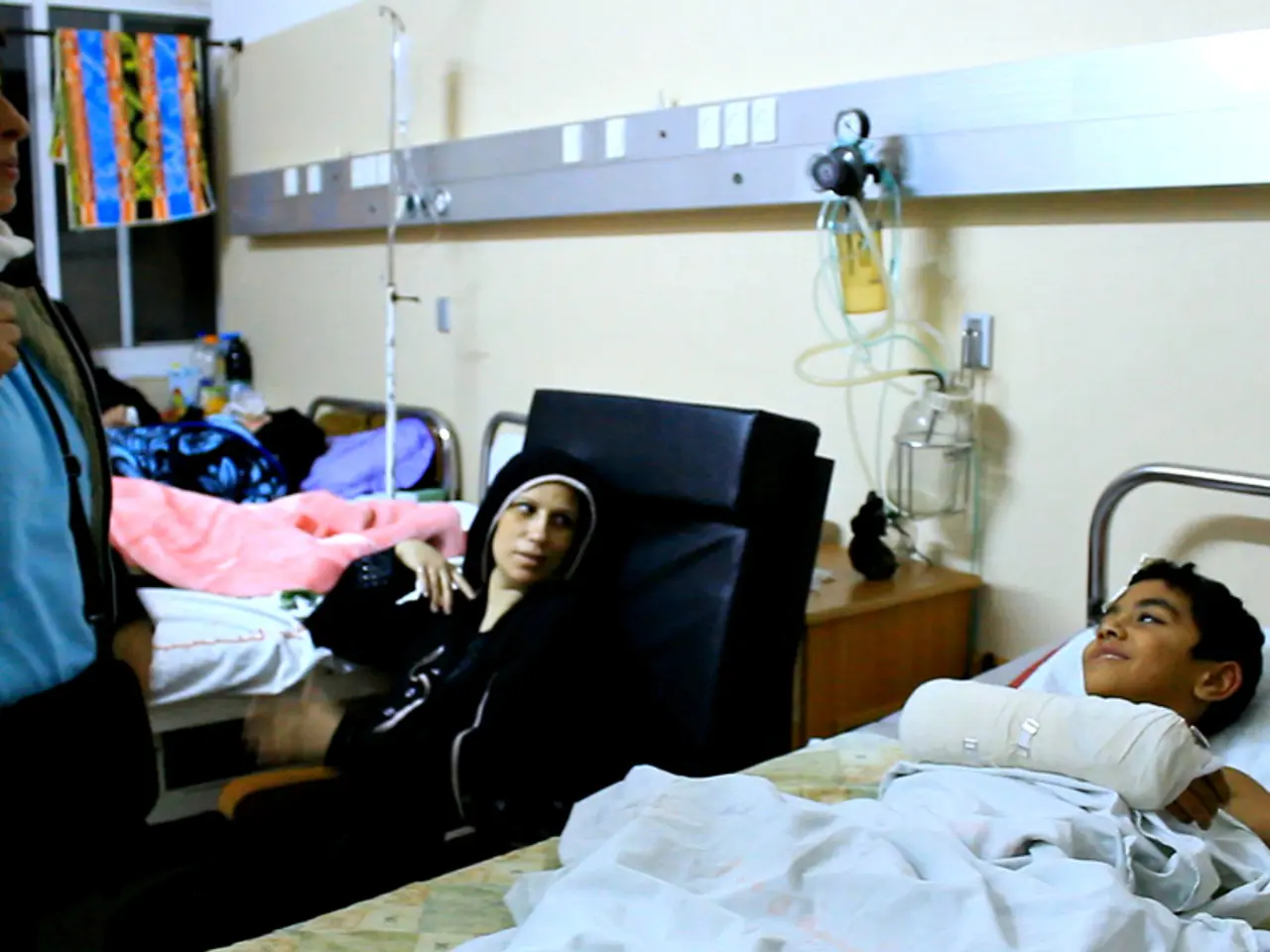Charted Risks of Sexually Transmitted Diseases during Oral Sex: Strategies for Safety and Disease Prevention
Oral Sex and STIs: Understanding the Risks and Prevention Methods
Sexually Transmitted Infections (STIs) can be transmitted through oral sex, and it's essential to understand the risks and prevention methods involved. Common STIs that can be transmitted orally include gonorrhea, chlamydia, syphilis, herpes simplex virus (HSV-1 and HSV-2), human papillomavirus (HPV), and to a lesser extent HIV [1][3][4][5].
Effective prevention methods for oral transmission of STIs include consistent use of barrier protection such as condoms or dental dams during oral sex. Latex condoms are preferred, but polyurethane condoms can be used if there is a latex allergy. Lambskin condoms do not protect against STIs [2][4].
Barrier Protection
Dental dams are small latex or polyurethane sheets that act as a barrier between the mouth and the vagina or anus during oral sex, limiting the amount of contact and reducing the risk of contracting an STI. If a dental dam is not available, it is possible to cut a latex or plastic condom in half and use that as a dental dam instead [2].
Limiting Sexual Partners and Regular Testing
Limiting sexual partners and ensuring partners are tested and free of STIs reduces the risk. Regular screening and testing for STIs if sexually active orally to detect infections early is also crucial [2].
Vaccinations and PrEP
Vaccinations help prevent viral STIs like hepatitis A, hepatitis B, and HPV [2]. Pre-exposure prophylaxis (PrEP), a daily pill, reduces a person's risk of contracting HIV by more than 90% when taken every day [2].
Additional Advice
Avoiding oral sex with partners who have active STI symptoms or are currently being treated for an STI is also advised. It's also essential to note that not douching if female can disrupt vaginal flora and does not prevent infections [2]. When sharing sex toys, thorough cleaning or using condoms on the toys can reduce STI transmission [4].
Consequences of STIs
STIs can have various consequences. For instance, gonorrhea can cause PID, premature birth or low birth weight (in babies born from a person with gonorrhea), blindness, joint infections, or blood infections (in babies born from a person with gonorrhea), pain and scarring to the ducts attached to the testicles, a higher risk of contracting and transmitting HIV, skin sores, and joint pain [1]. HPV can infect the throat when giving or receiving oral sex and can cause complications including cancer [1].
High-Risk Groups
People at high risk of contracting HIV from sex may be suitable for PrEP if they do not regularly use condoms, have a sexual partner with HIV, have a sexual partner at high risk of having HIV, have anal or vaginal sex with multiple partners, especially without using condoms, have recently had another STI, do sex work that includes vaginal or anal sex, have used injected drugs, shared needles, or had treatment for drug use within the past 6 months [2].
Conclusion
Oral sex can transmit multiple STIs, but consistent barrier use, partner communication, screening, vaccination, and other preventative measures can effectively reduce the risk [1][2][3][4][5]. It's crucial to talk with a healthcare professional if you believe that you are at risk of having an STI, as many people will not experience any symptoms. Regular testing and open communication with partners are key to maintaining sexual health.
- The human papillomavirus (HPV) can be transmitted during oral sex and may lead to complications including cancer.
- Condoms and dental dams are essential for preventing oral transmission of Sexually Transmitted Infections (STIs) during sexual activities, but lambskin condoms do not offer protection.
- The Centers for Disease Control and Prevention (CDC) recommends PrEP, a daily pill, to reduce the risk of contracting HIV by more than 90%.
- Hepatitis A, hepatitis B, and HPV are viral STIs that can be prevented through vaccinations.
- Chlamydia, herpes simplex virus (HSV-1 and HSV-2), and syphilis are other STIs that can be transmitted through oral sex in addition to HIV.
- A person at high risk of contracting HIV may be eligible for PrEP if they have multiple sexual partners, do not regularly use condoms, have a sexual partner with HIV, or have engaged in anal or vaginal sex without protection.
- Oral infections from STIs such as gonorrhea can lead to severe consequences like PID, premature birth, and blindness in newborn babies.
- When sharing sex toys, it's important to either clean them thoroughly or cover them with a condom to reduce the risk of transmission.
- Not douching if female does not prevent STIs and can even disrupt vaginal flora.
- Regular testing for STIs is essential for early detection of infections and preventing further health complications.
- Ulcerative colitis, Crohn's disease, and macular degeneration are not STIs, but they can affect the general health and wellness of an individual.
- Science continually advances our understanding of STIs and their prevention, highlighting the importance of staying up-to-date on sexual health information.




